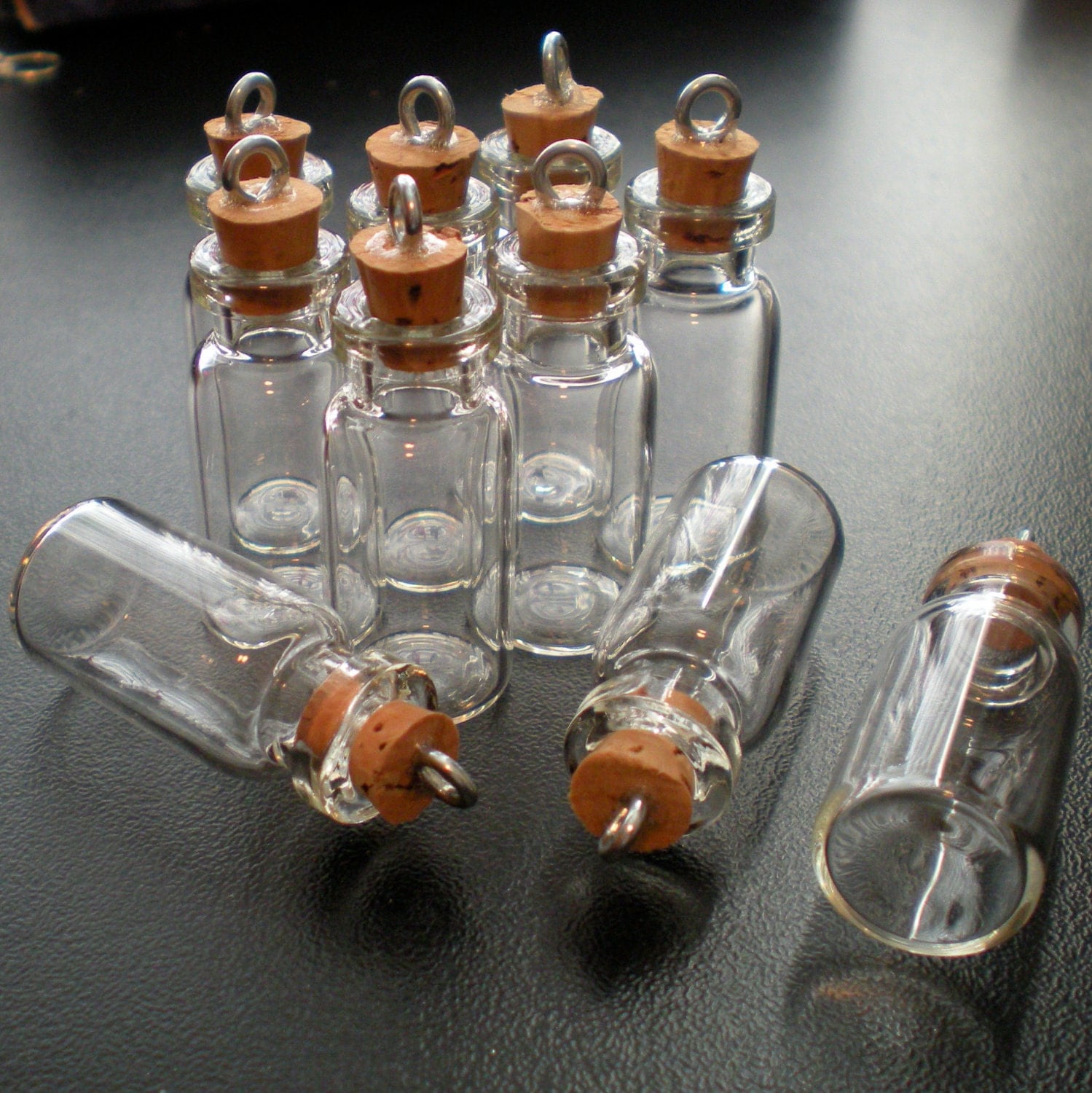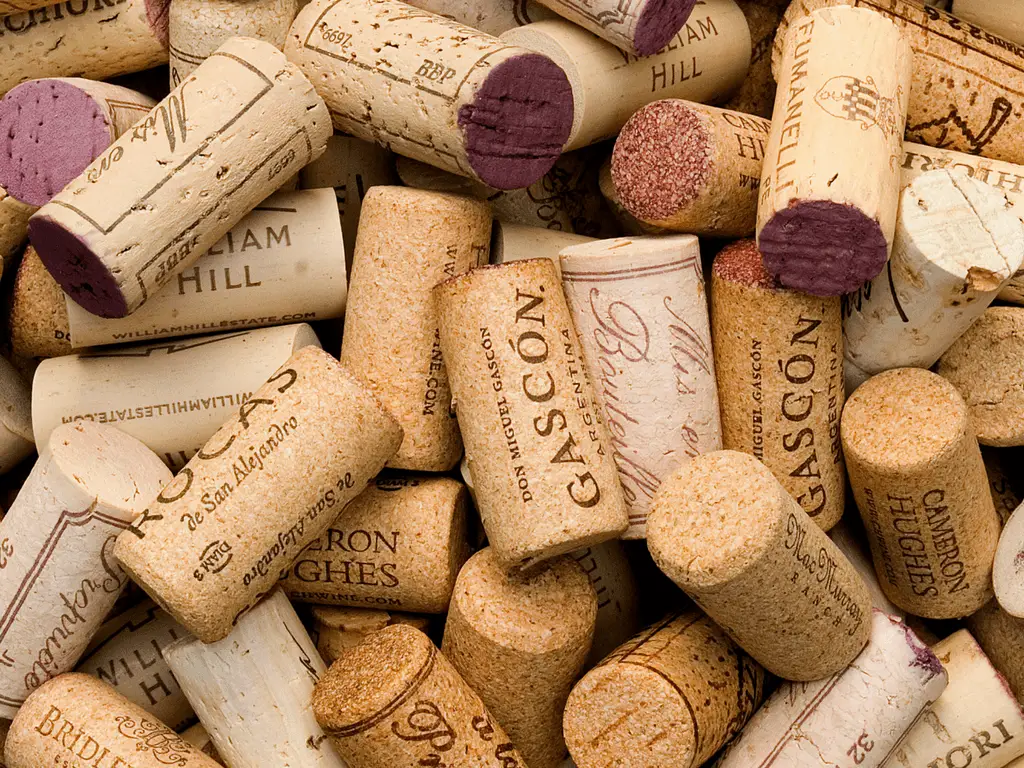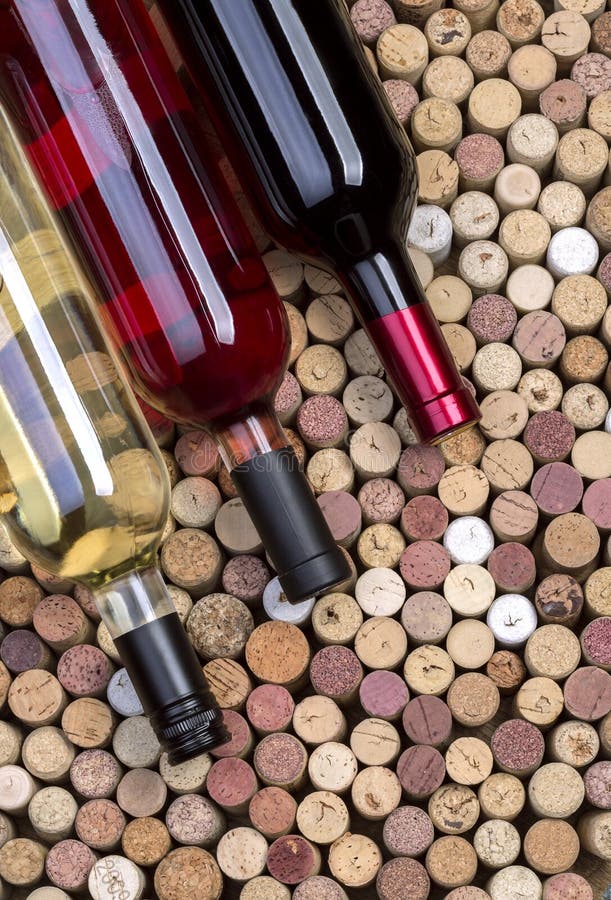Best Bottle & Cork Openers: Your Guide!
Can a simple pairing of glass and wood truly hold the secrets to a world of nuance and celebration? The enduring relationship between the bottle and the cork, seemingly humble in its simplicity, is in fact a complex dance of tradition, innovation, and sensory experience, representing a profound impact on the way we experience some of life's greatest pleasures.
The very essence of a fine wine, the crispness of a perfectly preserved olive oil, or even the effervescence of a celebratory beverage often hinges on the integrity of its vessel and its closure. The bottle and the cork, though often overlooked, are silent partners in a legacy of craftsmanship and preservation. Their story is one of evolution, adapting to the changing needs of both the product and the consumer, from the ancient methods of sealing clay amphorae to the sophisticated techniques employed today. It's a story that reflects the broader history of human ingenuity and our relentless pursuit of perfection, particularly in the realm of gastronomy and the enjoyment of life's finer things. Understanding this dynamic partnership is essential to appreciating the beverages they contain.
The bottle itself, in its myriad shapes and sizes, speaks volumes about its contents. From the robust shoulders of a Bordeaux bottle to the elegant flute of a Champagne vessel, each design is carefully considered, optimized for preservation, and intended to enhance the consumer's experience. The glass, usually crafted from silica, is chosen for its inert properties, ensuring it wont react with or taint the beverage inside. The color of the glass, too, plays a vital role, often designed to protect the contents from the damaging effects of light. The weight and feel of the bottle in the hand, the way it reflects light, all contribute to the initial impression, signaling the quality and character of what's within.
And then theres the cork. For centuries, natural cork, harvested from the bark of the Quercus suber oak tree, has been the preferred closure for wine. It offers a unique combination of elasticity, impermeability, and breathability, allowing for the slow, controlled oxidation that contributes to the aging and development of fine wines. But the reign of the natural cork has been challenged, with a proliferation of alternative closures vying for a place in the market. Synthetic corks, screw caps, and glass stoppers have all emerged, each promising its own set of advantages. The choice of closure is no longer a simple one, and it has become a significant factor in the wine industry, debated with passion by producers and consumers alike. The considerations span cost, environmental impact, and the often-controversial impact on the beverage's quality. For many, the "pop" of a natural cork remains the quintessential signal of celebration and quality, a sensory cue that heightens the overall experience.
The history of sealing vessels is as old as civilization itself. Early cultures employed a variety of methods, ranging from simple clay plugs to the use of resin and pitch to create a seal. The ancient Egyptians used clay jars sealed with clay stoppers and wax, while the Greeks and Romans made extensive use of amphorae, often sealed with clay, and occasionally, a rudimentary form of cork. The emergence of glassblowing techniques, coupled with the understanding of fermentation and preservation, marked a turning point. The glass bottle, in its various evolutions, became a standard for preserving and transporting liquids, especially wine. However, the effective closure remained a challenge. The discovery of cork's unique properties revolutionized the industry. The Portuguese, with their abundance of cork oak forests, pioneered its use in the 17th century. Its elasticity, resilience, and ability to conform to the irregular shape of the bottle neck made it the perfect solution. It soon replaced the oil-soaked rags and wood plugs of earlier times.
The process of cork harvesting is a sustainable practice. The bark of the cork oak can be stripped every nine years without harming the tree, and a mature tree can be harvested for centuries. This renewable resource makes cork a uniquely environmentally friendly choice. However, the quality of the cork varies, and it is graded based on its density, porosity, and freedom from defects. Premium natural corks, known for their consistency and low incidence of "cork taint," are reserved for the finest wines. The process of cork manufacturing involves several stages, including boiling the cork bark to remove tannins and improve its elasticity, cutting it to the desired shape, and sterilizing it to eliminate any potential contaminants. This process, carefully executed, is essential to ensuring the preservation of the wine. Cork taint, the result of a compound called trichloroanisole (TCA) that can contaminate the cork, remains a persistent challenge, although improved production methods and quality control are steadily reducing its incidence.
The evolution of wine bottle design has also been a fascinating process. Over time, the shape, size, and even the glass color have changed to reflect the prevailing aesthetic preferences and technological advancements. From the squat, dumpy bottles of the Middle Ages to the elegant, elongated forms of the 18th and 19th centuries, each evolution has been a response to the need to preserve wine and transport it safely. The Bordeaux bottle, with its high shoulders and cylindrical shape, is specifically designed to accommodate the sediment that may accumulate in aged red wines. The Burgundy bottle, with its sloping shoulders, is more suited to the wines of the region. The Champagne bottle, with its thick walls and deep punt (the indentation at the base), is designed to withstand the high pressures of sparkling wine. These design elements are not merely aesthetic; they are functional, contributing to the wine's preservation and the overall enjoyment of the product.
In recent years, the wine industry has seen a significant shift in the debate over closures. While natural cork continues to enjoy a prestigious reputation, concerns about cork taint and the environmental impact of cork production have led to a rise in alternative closures. Synthetic corks, made from plastic, are cost-effective and eliminate the risk of cork taint, but they have their drawbacks, including a perceived lower quality and potential issues with oxygen permeability. Screw caps, also known as Stelvin closures, have gained popularity, particularly for younger wines. They provide a reliable seal and eliminate the risk of cork taint. However, they are viewed as less prestigious than corks. Glass stoppers are another option that is growing in popularity, offering an elegant and inert seal, although they are more expensive than other choices.
The choice of closure is a critical decision for wine producers. It impacts the cost, the quality, and the perceived value of the wine. The decision depends on the type of wine, the target market, and the desired aging potential. Some producers believe that natural cork is essential to allow the wine to breathe and mature over time. Others prioritize the elimination of cork taint and the convenience of a screw cap. The debate over closures reflects the ongoing tension between tradition, innovation, and consumer preference. There is no universally "right" answer. The most appropriate closure depends on the individual wine and the specific goals of the producer. The consumer is also increasingly knowledgeable and aware of the impact of closures on their experience, and they are making choices accordingly. The closure issue continues to evolve, and ongoing research into the properties of different closure types is helping to refine the techniques and materials involved.
Beyond wine, the bottle and cork are essential in many other industries. The olive oil industry, for instance, relies on both glass bottles and cork closures to protect the delicate flavors and aromas of extra virgin olive oil. The dark glass bottles protect the oil from light exposure, which can cause it to degrade. The cork, in this instance, provides a secure seal while allowing a tiny amount of oxygen to penetrate the bottle, which can sometimes help with the development of the oil's flavor. Similarly, the spirits industry uses bottles and corks (or their alternatives) to preserve the quality and character of distilled spirits. The choice of bottle and closure is crucial in preserving the complex aromas and flavors of whiskey, gin, and other spirits.
The world of sparkling wine offers another prime example of the importance of the bottle and cork. Champagne and other sparkling wines require a bottle that can withstand the intense pressures generated by the carbonation. The thick glass walls, the deep punt, and the distinctive shape are specifically designed to handle these forces. The cork, which is typically mushroom-shaped to fit snugly into the bottle neck, is secured with a wire cage to prevent it from being dislodged by the pressure. The cork's ability to withstand pressure, while also allowing for controlled release of gases, is critical to the quality and the safety of the product. The design of the bottle, the strength of the glass, the shape of the cork, and the effectiveness of the wire cage are all critical considerations in the production of a high-quality sparkling wine. The "pop" of the cork at the opening is a sound that signifies celebration and sophistication.
The environmental impact of both bottles and closures is also under close scrutiny. Glass, while recyclable, is energy-intensive to produce and transport. Natural cork, being a renewable resource, is the most sustainable choice for closures. However, the transportation of corks from the cork forests in the Mediterranean region to wineries around the world has its own environmental footprint. Synthetic corks and screw caps often have a lower environmental impact, but they may not offer the same performance characteristics as natural corks. Producers are increasingly exploring sustainable alternatives, such as lightweight glass bottles, recycled glass, and corks harvested from certified sustainable forests. The goal is to reduce the environmental footprint of both the bottle and the closure, ensuring a sustainable future for the beverage industry.
The future of the bottle and cork is one of constant evolution and adaptation. Research continues into new materials, technologies, and techniques. The quest for the perfect closure is ongoing, with the aim of balancing preservation, sustainability, and consumer preference. The trend toward lighter-weight glass bottles and the use of recycled materials is gaining momentum, driven by environmental concerns and the desire for reduced transportation costs. The development of new synthetic materials that mimic the properties of natural cork is another area of active research. Ultimately, the bottle and the cork will continue to play a critical role in the way we experience beverages. They embody a rich history, a dynamic present, and a future filled with innovation and continuous refinement.
The importance of the bottle and cork extends beyond their functional roles. They have become symbols of tradition, quality, and even luxury. The rituals associated with opening a bottle of wine, the sensory experience of the cork's release, the anticipation of tasting the beverage these are all integral parts of the experience. The bottle and the cork help to define the culture surrounding wine and other beverages. They are an integral part of our social customs. The collector values the bottle for its aesthetic qualities. The sommelier assesses its provenance, and the consumer enjoys the experience. The bottle and cork, when combined, make up more than just a vessel and a closure. They constitute a complex ecosystem that deeply touches upon the way we celebrate and appreciate life.


